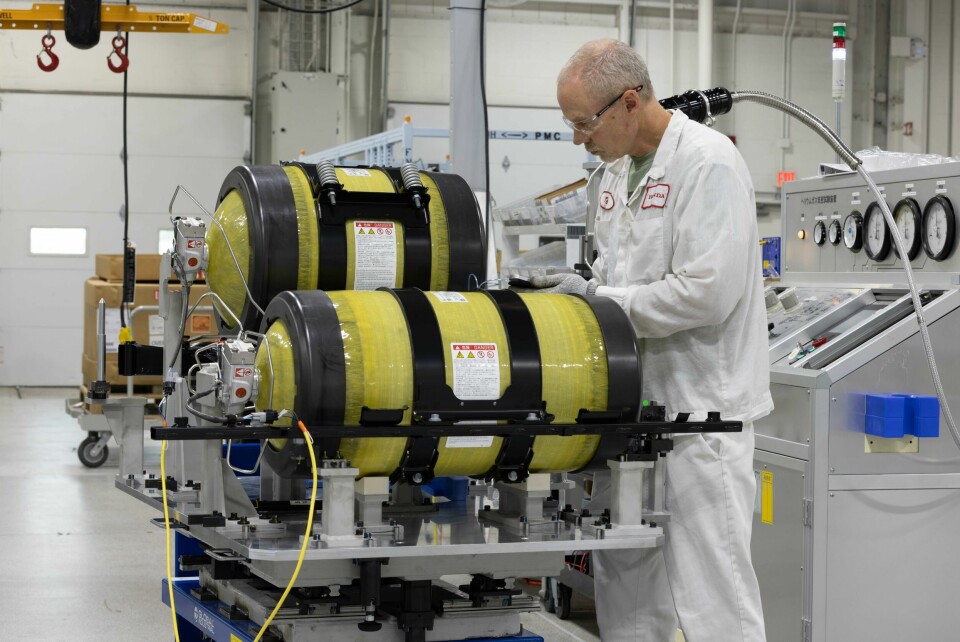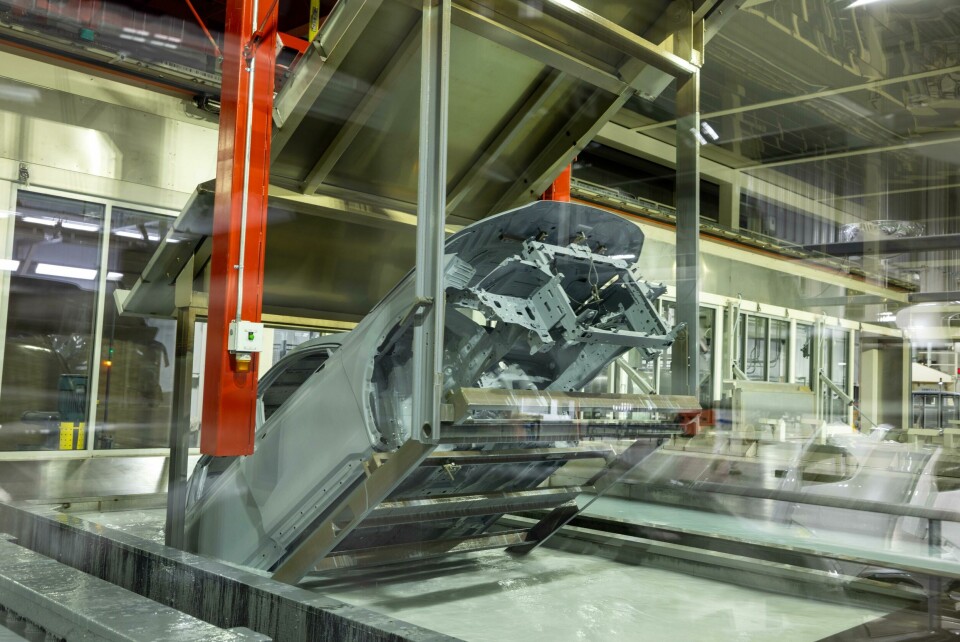Honda starts production of fuel cell electric vehicles in the US
The 2025 CR-V e:FCEV fuel cell electric vehicle is now being produced at Honda’s Performance Manufacturing Center (PMC) in Marysville, Ohio.

Honda says to build the CR-V e:FCEV the teams at PMC have had to utilise new production equipment and processes as they transition from building the Acura NSX supercar, which the company notes include several new assembly processes. The new vehicle is powered by both a fuel cell system and a plug-in EV battery, requiring multiple connections for the vehicle’s two power sources. The teams at PMC face a number of new tasks in assembly, including the sub-assembly of two hydrogen tanks, and attaching high pressure piping and other parts and then installing the tanks in the vehicle. A new onsite station compresses the hydrogen to 10,000 PSI, which is then used to fill the CR-V e:FCEV hydrogen fuel tanks. The installation of the fuel-cell system includes connecting high pressure piping and wiring, and the sub-assembly and installation of the under-floor battery.

A new weld system has been installed in the bodyshop and this has seen the transition from a highly- automated system created for an aluminium spaceframe, to a multi-material unibody construction. The weld system has been replaced with new steel welding robots, which are similar to those used in a traditional weld system but differ from mass production plants in that they use a flexible fixture system that rolls around on a track.
In addition, PMC technicians now perform some manual MIG welding to apply welds that are difficult for robots to reach to attach closure parts for the doors, hood and tailgate.
Transitioning from the smaller, all-aluminium Acura NSX to the larger and heavier all-steel body of the CR-V e:FCEV has also required some modifications to the paintshop, notably to the corrosion protection application process.

Honda says the CR-V e:FCEV marks the first application in its North America plants of zirconium to a mixed metal, unibody. The E-coat dip tank was designed for the smaller surface area of the NSX spaceframe, not a full frame vehicle like CR-V with more surface area inside. So, engineers had to modify the dip tank, increasing the entry angle to a steeper 38° for the CUV body shape as opposed to the 15° angle for NSX. The process also now requires more precise control of the E-coat pumps for the CR-V, to create higher circulation of the E-coat to cover the surface area inside the frame.
Following e-coating, sealer is applied to prevent water leaks. To complete this process for the heavier CR-V body the rotisserie features a more robust arm that can maintain stability of the frame to turn the vehicle body on its side. This enables associates to manually apply sealer, similar to the application for the NSX.
Production of the FCEV at the PMC also is laying the groundwork for production of battery-electric vehicles at the Honda EV Hub in Ohio from the standpoint of software for the Integrated Power Unit (IPU).
“The Performance Manufacturing Center was conceived as a small volume manufacturing facility with a focus on craftsmanship, and I’m proud of how our production technicians leveraged their experience building the Acura NSX to take on the challenge of making this all-new Honda CR-V e:FCEV,” said Patrick McIntyre, lead of PMC.
In addition to producing the Honda CR-V e:FCEV in America, the next gen fuel cell system that powers it is also made in the US at Fuel Cell System Manufacturing, in Brownstown, Michigan – the joint venture production facility established by Honda and General Motors (GM). The new fuel cell system was co-developed by Honda and G


